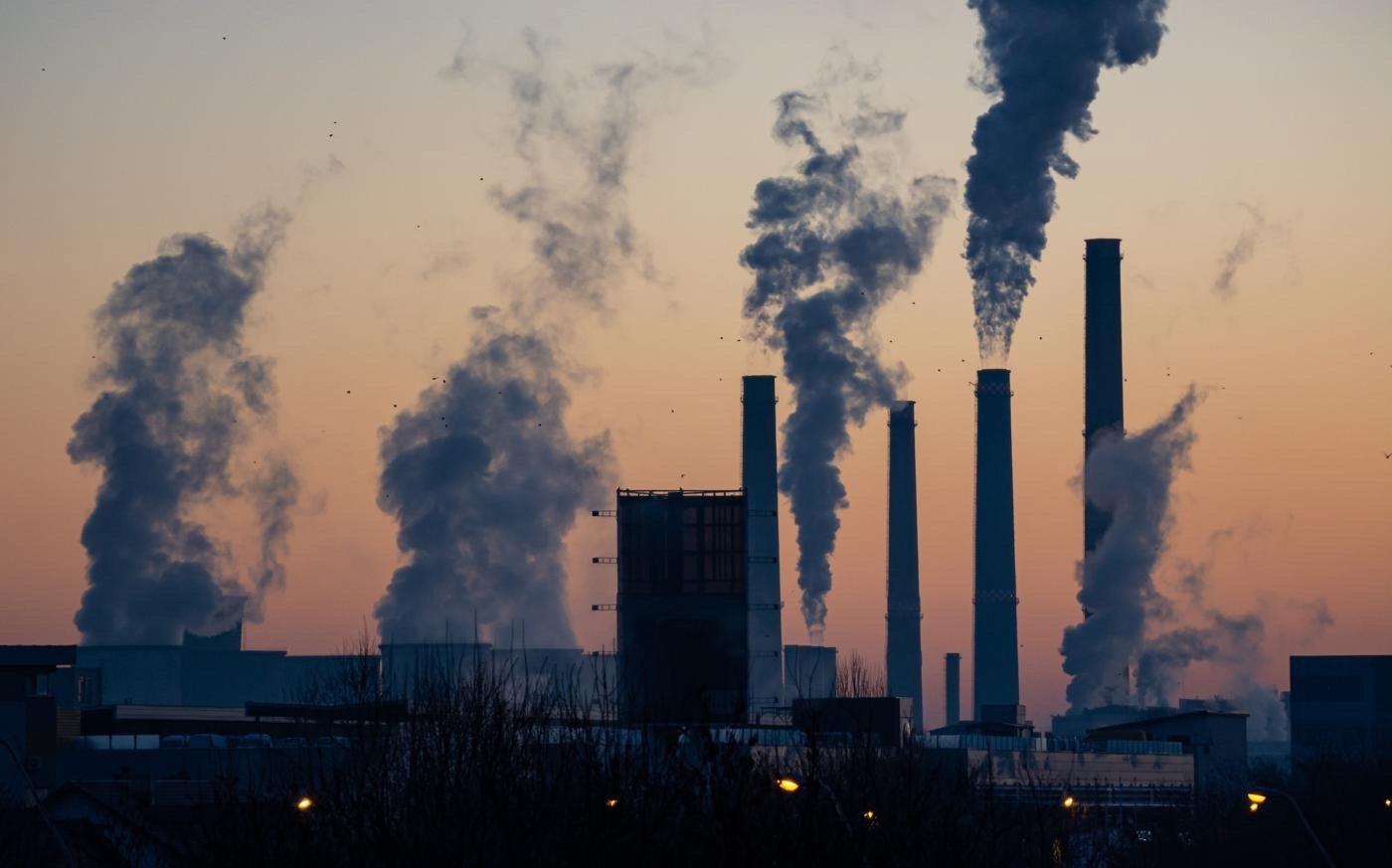Reviewed by Alex SmithJan 27 2023
According to a recent study, China is a “hot spot” at night for the production of nitrate radicals (PNO3) that could have a significant effect on the health-threatening ozone and fine particulates (PM2.5) in the atmosphere.
 New evidence has emerged on production of particles that could have a major global impact on atmospheric pollution. Image Credit: University of Birmingham
New evidence has emerged on production of particles that could have a major global impact on atmospheric pollution. Image Credit: University of Birmingham
While the US and Europe saw a drop in nocturnal NO3 generation, China saw a dramatic surge. According to experts, China and other developing nations like India would be significantly affected by this increase in air pollution.
Eight major Chinese cities—Beijing, Shanghai, Guangzhou, Chengdu, Xi’an, Jinan, Zhengzhou, and Shijiazhuang—are producing NO3 radicals at levels equivalent to those of 1990s Los Angeles, but with a general upward tendency.
The international research team, which includes specialists from the University of Birmingham, published their findings in Nature Geoscience. They believe that the long-term declining trend in the production of NO3 in Los Angeles gives hope that the value of nocturnal ozone can be significantly lowered while massively minimizing nitrogen oxides.
Nitrogen oxides derived from combustion and natural sources are reactive gases that regulate the formation of key air pollutants including both ozone (O3) and PM2.5. Nocturnal oxidation driven by nitrate radicals is an important, but poorly understood, process in atmospheric chemistry—we must understand this better, if we are to formulate effective global pollution mitigation strategies and understand the influence of nitrogen oxides on air quality and climate.
Zongbo Shi, Study Co-Author and Professor, Atmospheric Biogeochemistry, University of Birmingham
According to the study, even if NOx emissions are decreased, nighttime oxidation in China will continue to rise if recent rising ozone pollution patterns continue.
However, experts estimate that, at the moment, limiting the emissions of volatile organic compounds (VOC) will concurrently reduce daytime ozone and nighttime oxidation in China and similar areas based on the pattern in Los Angeles since 1980 and worldwide trends since the COVID-19 lockdown.
By eliminating nitrogen oxides and VOCs during the night, nighttime NO3 chemistry alters the photochemistry of the next day, promoting ozone production. In three megacity clusters (North China Plain, Yangtze River Delta, and Pearl River Delta), the generation of NO3 radicals increased drastically.
According to experts, this hotspot of NO3 chemistry continues throughout the year in China.
The researchers believe that NO3 radical chemistry could soon play a more significant role in atmospheric oxidation and exacerbate both O3 and PM2.5 pollution in China as it has been demonstrated that regions with much lower levels of NO3 radicals, such as Europe and the United States, have significant effects on the formation of particulate nitrate and organic aerosols.
A crucial obstacle to significantly improving China’s air quality is the rise in O3 and PM2.5 pollution brought on by nocturnal oxidation, which has serious consequences for public health.
Journal Reference:
Wang, H., et al. (2023) Increased night-time oxidation over China despite widespread decrease across the globe. Nature Geoscience. doi:10.1038/s41561-022-01122-x.